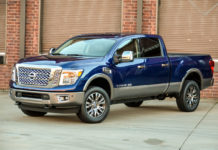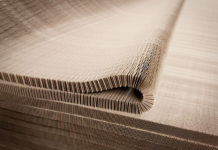On the afternoon of the 19 June, 1966, as the hands on the famous clock at the end of the Le Mans pit wall crept towards 4pm, three Ford GT40s swept through the circuit's final corner towards the finish. With their headlamp beams reflecting off the rain-soaked tarmac, they closed ranks to complete the race only feet apart.
|
|
The crowd roared, the chequered flag waved and in the stand above the pits Henry Ford II savoured the most famous motor racing victory in the history of the company his grandfather had started 63 years earlier. The mighty Ferrari team with its great Le Mans record had been comprehensively beaten. It was one of the proudest moments in Ford's long motor sport history.
The route to victory
|
|
It had been a long, hard journey to victory – much longer than the mere 24 hours of the race. Three years earlier, Enzo Ferrari had quietly investigated selling his business to Ford, which had wanted to add high performance lustre to its public image. The deal fell through and Ford's response was to set up a special vehicles department to develop its own high performance cars for road and racetrack.
British engineer Eric Broadley was appointed to design and build a GT car to take on Ferrari. John Wyer, formerly Aston Martin's racing manager, was recruited to run the team, and Carroll Shelby, creator of the charismatic Ford-powered AC Cobra, would race and promote the car.
The team moved fast: by late summer 1963 the chassis was under development and shake-down tests had been held at Goodwood, Brands Hatch and Monza, and by the autumn enough data had been gathered to build the new car.
The first performance tests were at the Le Mans spring practice in April 1964, where the car's highly impressive top speed took it into new aerodynamic realms, though it quickly became apparent that some form of spoiler would be necessary. The GT40, complete with spoiler, made its race debut the following month at the N










